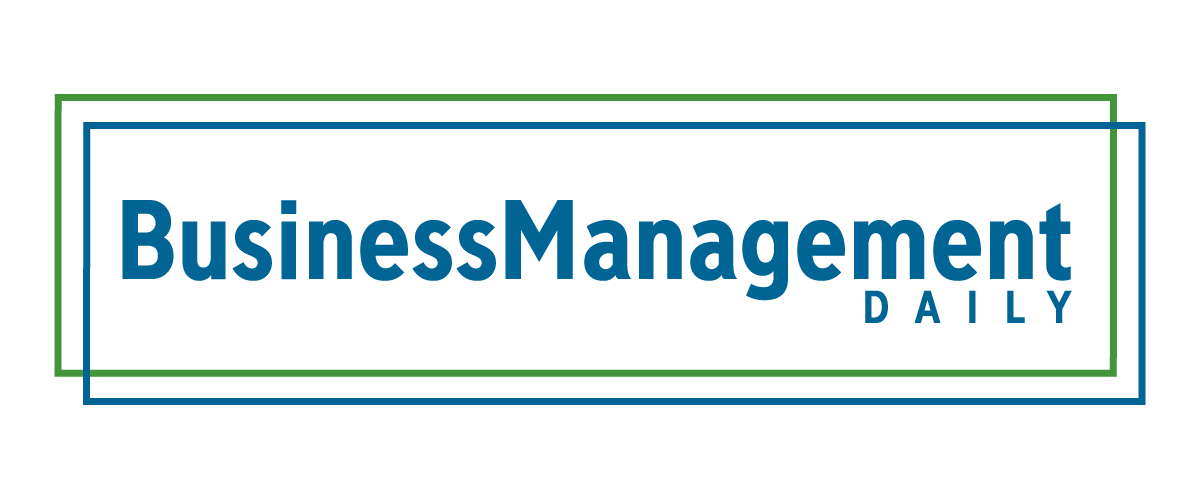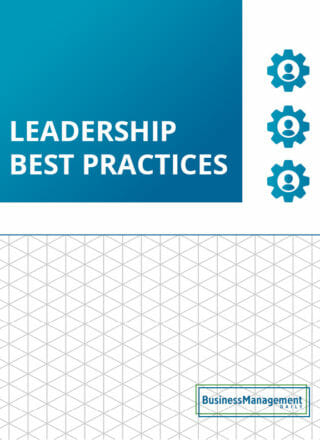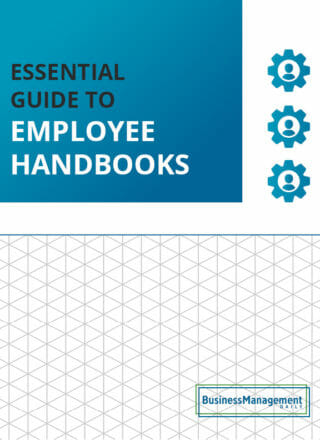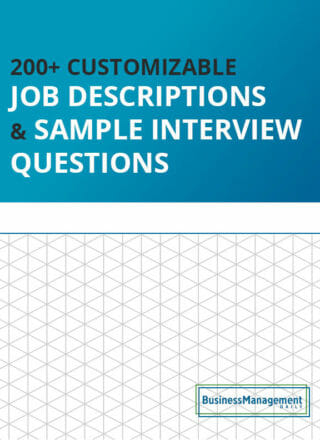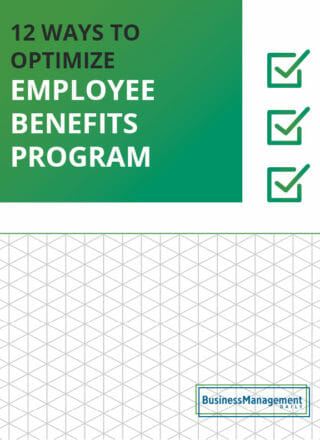How to improve job competencies in the workplace
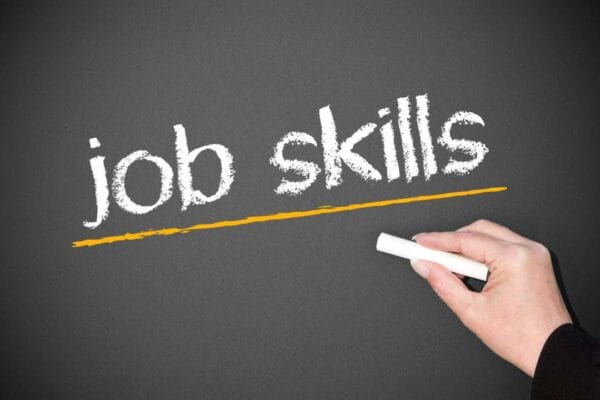 Beyond technical skills: The power of job competencies
Beyond technical skills: The power of job competencies
What makes an employee valuable? You might think of skills like technical knowledge, industry expertise, or fluency in performing some task—like a coder with enough experience to write a complex app overnight.
But what about the ability to collaborate effectively with others? Or to adapt to changing circumstances? These are qualities that fall under the umbrella of job competencies. Skills that don’t always fit neatly into the bullet points of a job description.
Make no mistake: being a good team member takes more than knowledge and the ability to work hard. Core competencies like communication and critical thinking are equally important in building a cohesive work environment.
In this post, we’ll discuss job competencies, the key skills that matter, and how companies can close skill gaps to drive progress.
What are job competencies?
Consider this hypothetical: You’re checking out at a grocery store when suddenly your cashier can’t find the code to key in some oranges you want to buy. Instead, would they spend five minutes flipping through the register book to find it themselves or call another cashier for help?
Most of us would choose the teamwork option. Not knowing a produce code is part of life; not asking for help, however, is a competency issue.
Job competencies enable employees to succeed in the workplace. Unlike technical skills (like memorizing a code for fruit), competencies apply to many different roles and industries. They include characteristics like teamwork, responsibility, and adaptability.
Job competencies are receiving considerable attention because they predict an employee’s ability to contribute and align with organizational goals. Today’s workplaces must adapt quickly to new challenges, so job competencies form the mindset capable of achieving long-term success.
Politeness and a cheery demeanor are great starts, but many key competencies are involved in a successful team’s patchwork.
Soft skills vs. hard skills
Job competencies are different from traditional hard skills. An electrician may be excellent at wiring, but they won’t get much repeat business if they can’t communicate effectively with their clients or coworkers. Their technical ability is a hard skill, while their communication (or lack thereof) is a competency.
“Work ethic” is the umbrella term for the competency that makes someone a great worker, regardless of their field or technical expertise.
Think of it this way: skills are what you do, and competencies are how you do it.
Types of job competencies
People get hired for their skills but get promoted for their competencies. Which competencies are most valuable will depend on the kind of workplace culture your company fosters.
For example, a turn-and-burn retailer like Amazon probably isn’t as concerned with attention to detail as a communications agency, where clarity and freedom from errors are key.
Here are ten job competencies you can look at to get an idea of what your company values most:
-
Teamwork: Can an employee work collaboratively with others toward a common goal? For example, a project manager who keeps their team motivated and on track demonstrates strong teamwork skills. They understand the reality of morale, focus, and fatigue.
- Responsibility: Owning one’s tasks and ensuring they’re completed on time reflects someone who takes their work seriously. Employees who reliably and consistently meet deadlines can be trusted to get things done as promised.
- Decision-making: Does an employee suffer from decision paralysis in high-pressure situations? Evaluating options and picking one—hopefully, the right—is a key trait of good management. For instance, a retail manager who can resolve customer complaints without putting the company at a loss is a good decision-maker.
- Communication: Some people are afraid to say what they think, especially when they feel something’s wrong. Others need help explaining themselves clearly. Communication skills are crucial to keeping conversations open and ensuring people feel heard.
- Results orientation: Companies are in business to make money. A results-oriented person will work toward that end, such as a salesperson who works to exceed their quota rather than meet it.
- Problem-solving: Let’s revisit the cashier example: Say they need help locating the correct fruit code. Should they key in a similar item?
Ask the customer what it costs so they can get them out the door faster. If the tools don’t work when the pressure’s on, problem solvers know where to look for alternative solutions.
- Adaptability: Overstating the importance of pivoting takes a lot of work. Great employees can reduce losses and change course when things aren’t working. If you’re a teacher whose classroom isn’t jiving with the current lesson plan, switch to a different one and see how it works instead.
- Organization: Every C-level manager knows the importance of having an organized assistant who can juggle multiple priorities without getting overwhelmed. Every employee benefits from being mindful of their time and workload.
- Leadership: The most sellable leadership competency in our investor-funded corporate world is the ability to inspire and guide others. Whether or not these people can do the job, they know how to motivate and support their colleagues in doing great things.
- Creativity: Thinking outside the box turns average ideas into revolutionary new concepts. Post-It Notes, for example, came about because 3M accidentally created a glue that was less sticky than they wanted. The product failed until creativity stuck that glue to little pieces of paper, creating a new, wildly popular way of working.
Of course, there are many other competencies your company may value (or not). You should inventory the competencies your executive team values most to inform your recruitment and promotion strategy.
Identifying job competencies
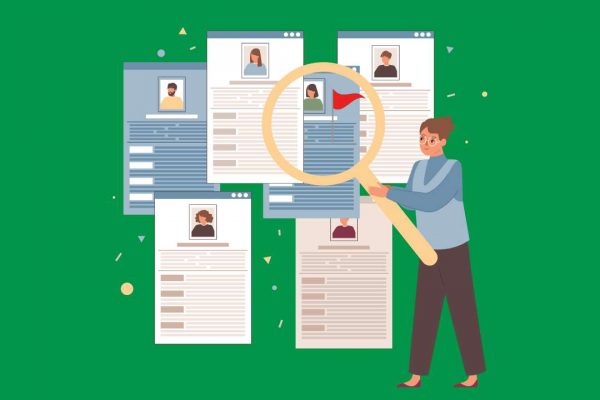 More and more job seekers know how to tailor their resumes and cover letters to the expectations of modern human resources teams. Buzzwords like “effective communicator” or “strong team player” are everywhere, so is there any way to know if these claims are valid?
More and more job seekers know how to tailor their resumes and cover letters to the expectations of modern human resources teams. Buzzwords like “effective communicator” or “strong team player” are everywhere, so is there any way to know if these claims are valid?
You need to see someone in action to know their organizational performance. So, you’ll need to be creative in assessing job competencies.
Here are a few time-tested strategies for you to try out:
- Behavioral interviews: Every response allows candidates to describe ideal workplace conduct. Creative interview questions, therefore, give insight into how they might behave in the future.
A question like, “Can you tell me about a time you resolved a workplace conflict?” begs an answer about problem-solving and what constitutes a conflict.
- Situational assessments: Hypothetical questions can help determine a person’s ethics and work behavior. For example, “What would you do if a project deadline was suddenly moved up?” can illuminate someone’s time management skills.
Be careful, though: Some people—many excellent employees—do not deal in hypotheticals. An answer that doesn’t knock your socks off shouldn’t indicate poor candidacy.
- Skill simulations: Before hiring, you may ask candidates to perform a small task to see how they do. Sometimes, this indicates natural talent. Other times, it merely showcases a lack of training.
Also, remember that job candidates get nervous. They may not perform their best during an interview, so give them plenty of chances to prove themselves.
Developing job competencies
Skilled employees are more valuable because of their job competencies. Developing them is a great way to upskill people of all job titles into more complete employees.
However, there’s a process.
Step 1: Inventory current competencies
Start by helping employees identify their strengths and areas for improvement. You can use the following questions to guide self-reflection:
- Which tasks do I complete with ease?
- Where do I feel most challenged?
- How do I handle feedback from peers or supervisors?
- What do I contribute to team projects?
Employees who understand their competencies can focus on strengthening weaker areas.
Step 2: Craft a development program
How will employees learn new competencies? There are several approaches, each suitable for different learning styles and needs.
Here are a few conventional methods for implementing competency training:
- Improvisation: Encourage employees to think on their feet in dynamic scenarios, like handling customer complaints in real-time. Give them an example by modeling how to do it, then let them try it out.
- Reading: If you know which competencies an employee needs to improve, myriad self-help books target those skill areas. Crucial Conversations, for example, is an excellent book for developing communication abilities.
- Online learning: Platforms like LinkedIn Learning offer courses tailored to specific competencies.
Step 3: Be Accountable
Tracking progress ensures that efforts to build competencies pay off. Employers and employees can use tools like performance reviews, metrics tracking, and journaling to see how things are going.
Benefits of the competency model
Companies increasingly prioritize job competencies, but many new hires need them. Developing job competencies is essential to getting employees on the right track in their careers.
Adopting a competency-focused approach can transform your organization through:
- Improved employee performance
- Higher retention
- Enhanced recruitment and selection processes
- Increased employee engagement and motivation
- Clearer performance expectations
Developing a job competencies framework can be challenging. It can be time-consuming, challenging to measure, and fraught with prejudice from managers who “did things differently back in [their] day.”
Your competencies program will take time to develop. However, maintaining focus and consistency will equip your staff with a stronger ability to work together and proactively support the company’s goals.
Final thoughts
Job competencies represent the “how” of workplace success, shaping how employees contribute to teams and organizations. Competencies like communication, problem-solving, and adaptability set the stage for cohesive and high-performing workplaces.
Employers can effectively identify and develop these traits using interviews, assessments, and training programs.
Competency frameworks must also increase as employees grow and adapt to support them. Organizations can build resilient teams ready to tackle any challenge through a commitment to continuous learning.
More resources:
The 5 emotional intelligence competencies you need to have ![]()
Leadership skills for new managers: 5 essential competencies to master ![]()
Skill gap analysis template: Build a customized tool for your team ![]()
